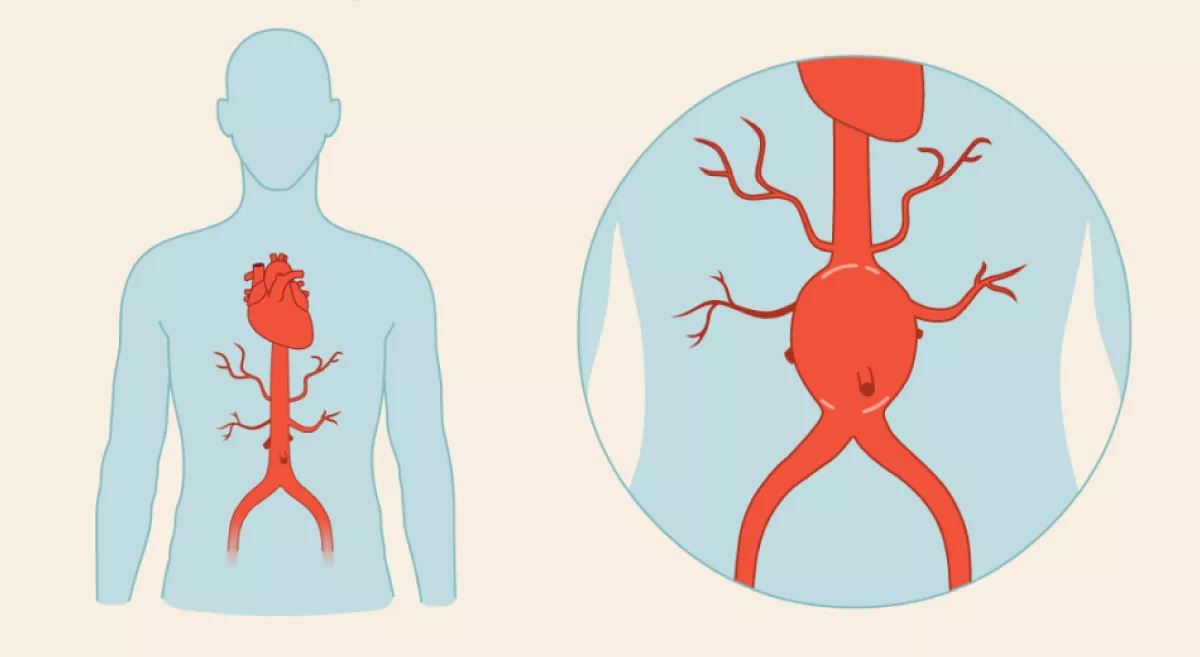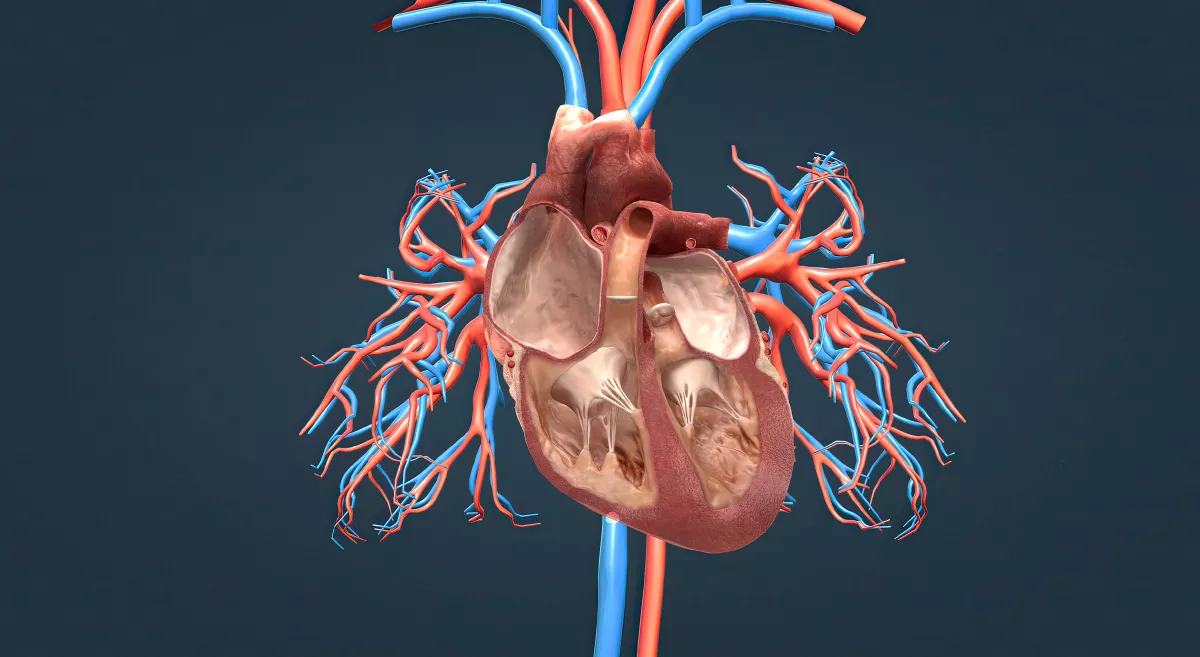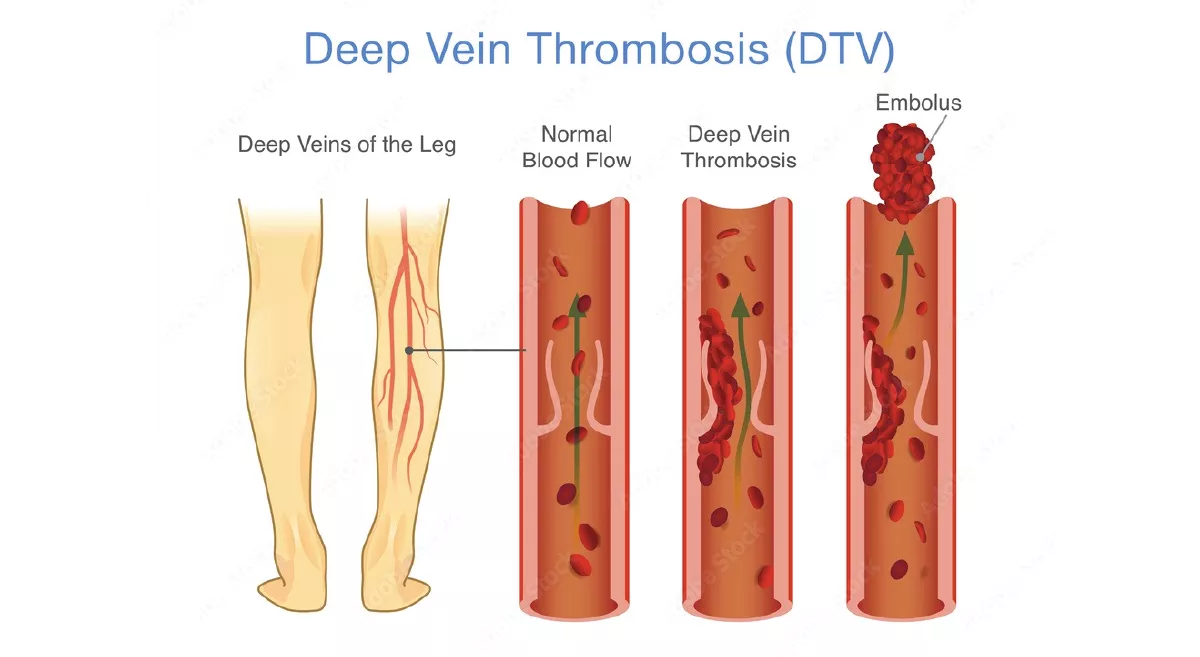Arterial Thoracic Outlet Syndrome: A ‘Neck-to-Hand’ Emergency Missed in Primary Care
Introduction
Thoracic outlet syndrome (TOS) occurs when neurovascular structures are compressed at the thoracic outlet. Cervical rib – an extra rib from the C7 vertebra – predisposes an individual to arterial TOS (aTOS), causing distal embolisation, hand ischemia, and potential limb loss. Arterial TOS is rare (<1% of all TOS) among TOS cases. Neurogenic (95–99%) is far more common. Arterial TOS has high morbidity due to vessel injury. Limb-threatening ischemia may occur if not promptly recognised and treated.
- Prevalence: TOS occurs in 3–80 cases/million/year, with cervical ribs found in 0.5–1% of the population and most cases are asymptomatic.
- Morbidity/Mortality: Delayed diagnosis can result in irreversible hand ischemia, vascular complications, and tissue loss.
Case Summary
A 29-year-old female software professional presented with right-hand pain and numbness for two weeks. Initially managed elsewhere with analgesics for neuropathic pain, she showed no improvement. Arterial duplex revealed brachial and distal radial artery thrombosis. CT angiogram confirmed a right cervical rib causing arterial thoracic outlet obstruction. She underwent right cervical rib excision, reconstruction of the aneurysmal subclavian artery, and brachial artery thromboembolectomy. Symptoms and distal pulse improved markedly post-surgery.
Discussion Points
- Timely diagnosis and multidisciplinary evaluation avoided potential loss of limb.
- Most hand or arm pain is not TOS. Suspicion is warranted if pulses are absent or symptoms are unilateral, especially in young patients without atherosclerotic risk factors.
- Surgery remains the definitive treatment for arterial complications of TOS.
What to look for in your practice
- Consider TOS if a patient has young-onset upper limb ischemia, unilateral symptoms, or a cervical rib on imaging.
- Check for diminished/absent pulses and use arterial Doppler early in unexplained hand/arm pain.
Red Flag Symptoms
- Sudden upper limb pain and numbness
- Absent radial pulse
- Swelling and discoloration of the hand/forearm
Follow up in this case
- Anticoagulation and antiplatelet therapy
- Routine imaging surveillance (1 month, 3 month, 6 month and then annually).
- Physiotherapy and strengthening exercises to regain function and mobility.
Final thoughts
High index of suspicion for thoracic outlet syndrome in young patients and appropriate assessment will ensure timely diagnosis. Treatment can prevent major limb morbidity and limb loss.










